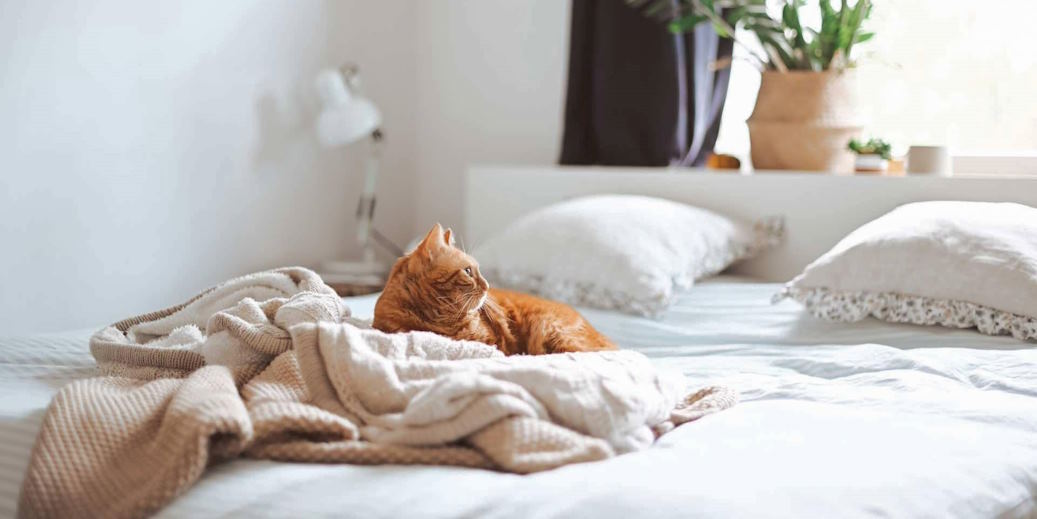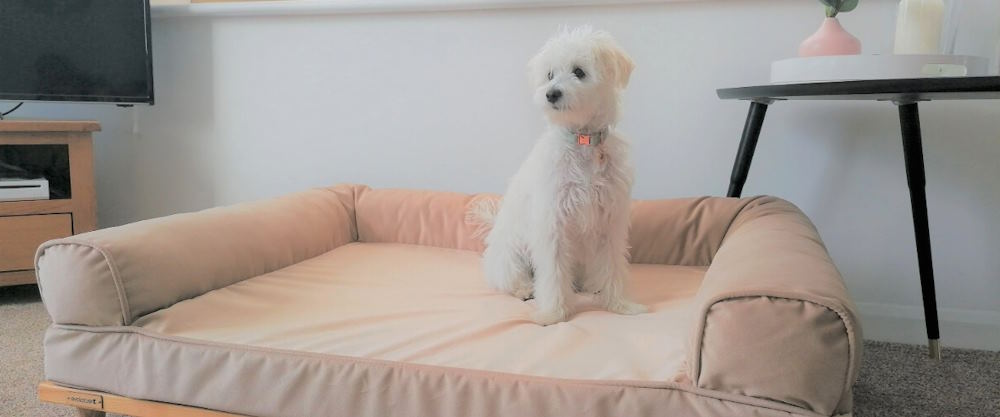It’s important to note that it is not just about accommodating your furry companions; it’s about fostering an environment where they can thrive alongside you. Whether you share your space with a playful pup, a curious cat, or a chirpy bird, designing your home with their needs in mind can enhance their well-being and strengthen the bond you share.
What does pet-friendly space mean?
Creating a pet-friendly space at home means crafting an environment that caters to the needs and comforts of your beloved furry friends. It involves thoughtful design choices prioritizing their safety, health, and happiness. It includes selecting pet-safe materials and furnishings, providing designated areas for eating, resting, and playing, and ensuring ample space for them to move freely.
A pet-friendly space also considers your pets’ mental stimulation and enrichment to keep them engaged and entertained.
Moreover, it involves maintaining a clean and organized space to prevent accidents and promote a hygienic environment for both pets and humans.
How can people organize places suitable for pets?
Choose Pet-Safe Materials
When selecting furniture, flooring, and decor, prioritize durable and non-toxic materials. Look for fabrics that are easy to clean and resist scratching or staining. Avoid materials like leather or suede that pets’ claws may easily damage. For flooring, consider options like hardwood, laminate, or tile, which are easier to clean and less likely to harbor allergens than carpet. Additionally, ensure that any paints or finishes used in your home are pet-safe and low in volatile organic compounds (VOCs).

Designate Pet Zones
Establishing specific areas for your pets’ activities can help maintain order and minimize conflicts. For instance, designate a feeding station in a quiet corner away from high-traffic areas to prevent disturbances during meal times.
Provide Comfortable Resting Areas
Offer cozy bedding or blankets in quiet corners where pets can relax undisturbed. Cats may appreciate elevated perches, while dogs may prefer soft beds near family areas.
Ensure Adequate Exercise
Create space for your pets to move and play indoors, especially if you have limited outdoor access. Interactive toys, scratching posts, and climbing structures can keep them active and engaged.
Secure Hazardous Areas
Keep potentially harmful items like cleaning supplies, electrical cords, and small objects out of reach. Use pet gates or barriers to restrict access to areas like kitchens or staircases when necessary.
Consider Your Pet’s Personality
Tailor your space to suit your pet’s needs and preferences. Some pets may enjoy quiet, secluded spots, while others may thrive in the midst of family activities.

